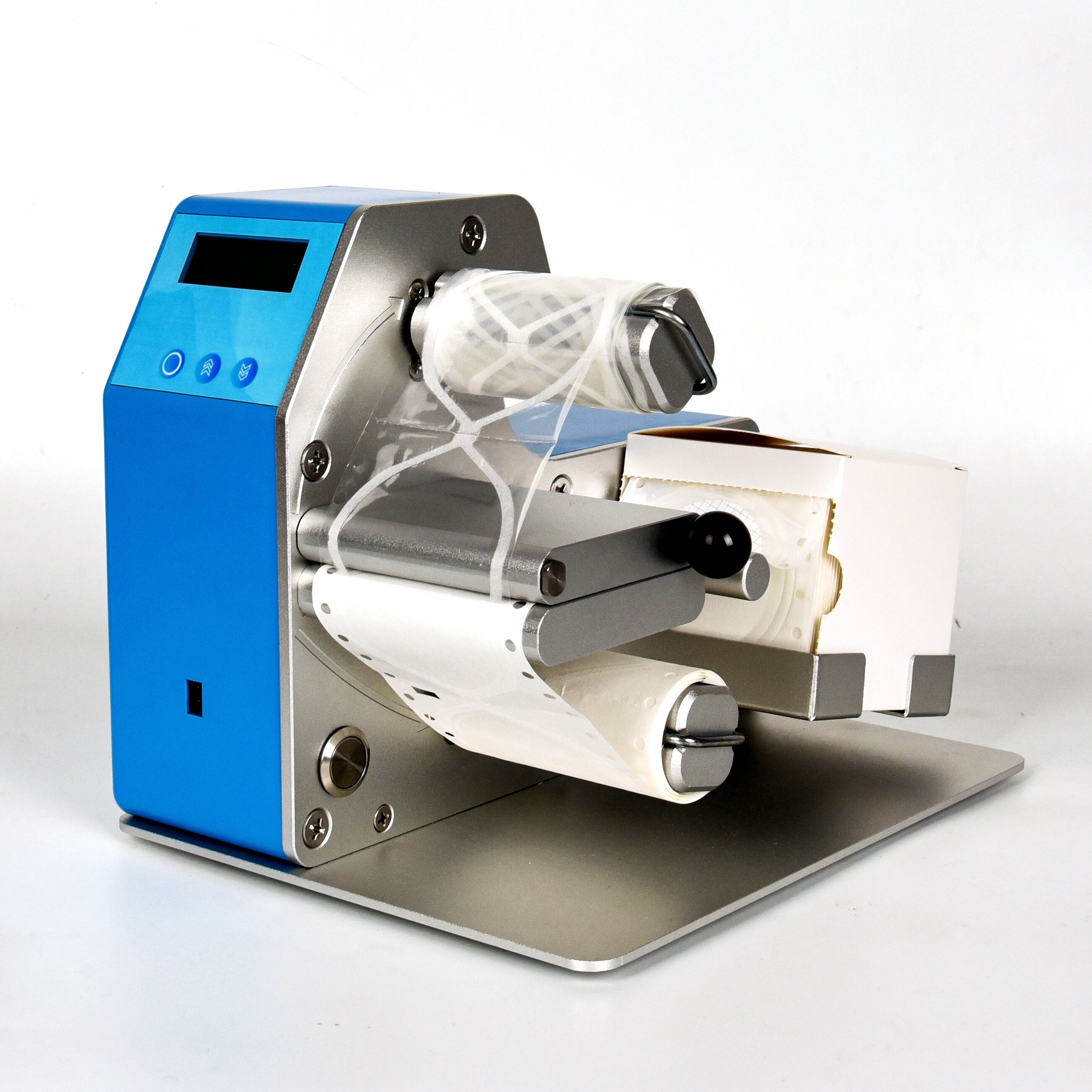Filtration Media Selection Guide
Filter Media Selection Guide |
|||
1. Determine whether your application requires prefiltration. |
|||
2. Choose the suitable membrane filtration media. |
|||
| Characteristics of Samples | |||
|
Aqueous
|
Non Polar
|
Protein
|
|
|
Nylon MCE CA |
Nylon PTFE PVDF |
PVDF PES |
|
3. Choose the suitable diameter. |
|||
| Volume of Samples | |||
|
<10ml
|
<100ml
|
<250ml
|
|
|
13mm
|
25mm
|
33mm
|
|
4. Choose the suitable pore size. |
|||
| Micron Size of Column | |||
|
>3um
|
<3um
|
||
|
0.45um
|
0.20um
|
||
Membrane Filter Materials
Mixed Cellulose Esters (MCE)
Mixed Cellulose Esters is a very low protein binding membrane that is ideal for aqueous based samples. MCE membranes are an excellent choice when maximum protein recovery in the filtrate is critical. Laboratory studies show that MCE membranes bind less protein than PVDF or Polysulfone membranes. When used with a glass pre-filter in the same housing, these membranes are ideal for filtration of tissue culture media and sensitive biological samples. The pre-filter increases yield.
Nylon
Nylon membranes provide solvent resistance along with very low extractables. Nylon is commonly used for general laboratory filtration, and filtration of HPLC samples prior to injection. Nylon binds protein, and should not be used when maximum protein recovery is important. Nylon can be sterilized by autoclaving at 120°C, gamma radiation, or ethylene oxide.
View Nylon Membrane Filters
View Nylon Syringe Filters
Polypropylene (PP)
Polypropylene membranes are a hydrophobic membrane that exhibit a wide range of chemical compatibility to organic solvents. PP membranes are a good choice for filtration of HPLC samples when performing protein analysis by chromatography. In addition to being highly solvent resistant, these membranes are low non-specific adsorbing membranes, which results in maximum protein recovery for critical analysis. PP membranes are also well suited for biological sample filtration.
View Polypropylene Membrane Filters
View Polypropylene Syringe Filters
Glass Fiber
Glass fiber filter papers are commonly used as pre-filters in many filtration devices and for filtration of viscous or otherwise hard-to-filter samples with high solids content. These hydrophilic filters feature high-dirt loading capacity, and excellent compatibility with organic solvents and acids. They are typically utilized in applications such as, the filtration of cell media seperations prior to sterilization, clarification of dirt particulate-laden samples, and to pre-filter viscous serum and tissue media prior to analyisis. We offer glass fiber filter papers in Grade A, Grade B, Grade, C, Grade D and Grade F.
View Glass Fiber Filter Paper
View Glass Fiber Syringe Filters
PVDF Polyvinylidene fluoride
PVDF (polyvinylidene fluoride) is a hydrophobic, solvent resistant membrane that exhibits low levels of UV absorbing extractables. PVDF is useful for HPLC sample filtration, as well as general biological filtration. PVDF is considered to be one of the lower protein binding membranes. PVDF can be treated to also be hydrophilic for applications where it is deemed necessary.
View PVDF Membrane Filters
View Hydrophilic PVDF Membrane Filters
View PVDF Syringe Filters
View Hydrophilic PVDF Syringe Filters
PTFE Polytetrafluoroethylene
PTFE membranes are naturally hydrophobic, and chemically resistant to all solvents, acids and bases. PTFE membranes do not impart any extractables to the filtrate. PTFE is an ideal membrane for transducer protectors, since it blocks water vapor and is also ideal for filtering and de-gassing chromatography solvents. PTFE can be treated to be hydrophilic for applications where it is deemed necessary.
View PTFE Membrane Filters
View Hydrophilic PTFE Membrane Filters
View PTFE Syringe Filters
View Hydrophilic PTFE Syringe Filters
Regenerated Cellulose (RC)
Regenerated Cellulose is a hydrophilic, solvent resistant, low protein binding membrane. R C membrane is ideal for removing particulates from HPLC samples, prior to injection. This membrane is compatible with all HPLC solvents, and can be utilized for particle removal and de-gassing of these solvents. RC membranes are also compatible with aqueous solutions in the pH range of 3 to 12. Extractable with water are less than 1%. Regenerated Cellulose membranes exhibit low non-specific adsorption, thus they are well suited for filtration of biological samples, where maximum recovery of protein is important. When used with a glass pre filter in the same housing, this membrane is ideal for filtration of tissue culture media, as well as general biological sample filtration. RC membranes can be sterilized by gamma radiation, autoclaving, ethylene oxide, or dry heat.
View Regenerated Cellulose Syringe Filters
Cellulose Acetate
CA Membrane Filters (Cellulose Acetate) are most commonly utilized for the filtration of aqueous solutions, as well as some organic solvents. They can also be used for cell retention for liquid, light scattering measurement, and sterilzation. CA Syringe Filters are especially adept at these applications because of their key characteristics. They are naturally hydrophilic, are low protein binding (thus suitable for aqueous protein solutions), and nitrate free (thus suitable for groundwater filtration).
View Cellulose Acetate Membrane Filters
View Cellulose Acetate Syringe Filters
Polyethersulfone
PES membrane filters are hydrophilic and produced from a polyethersulfone polymer membrane. They are designed to eliminate particulates during standard filtration, and its low protein and drug binding characteristics allow it to be ideally suited for use in life science applications.

